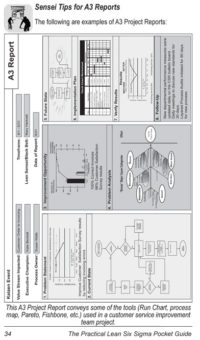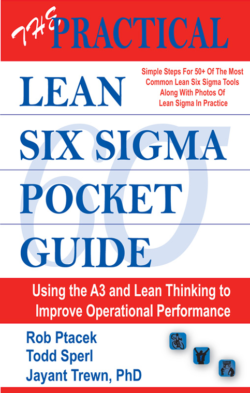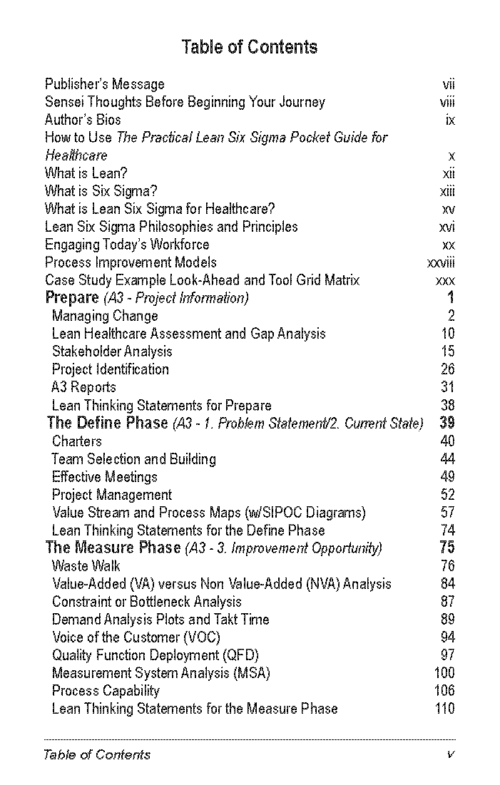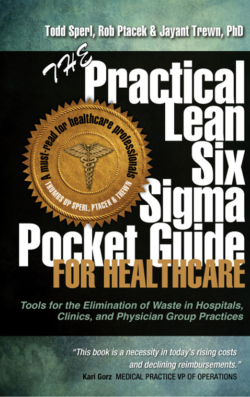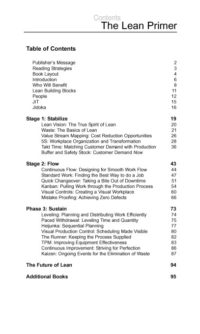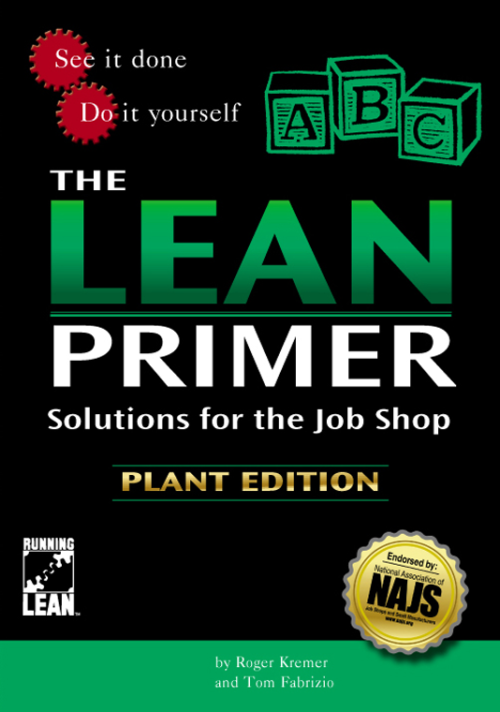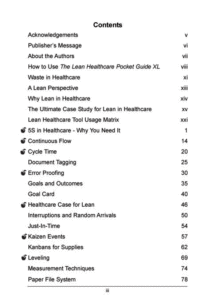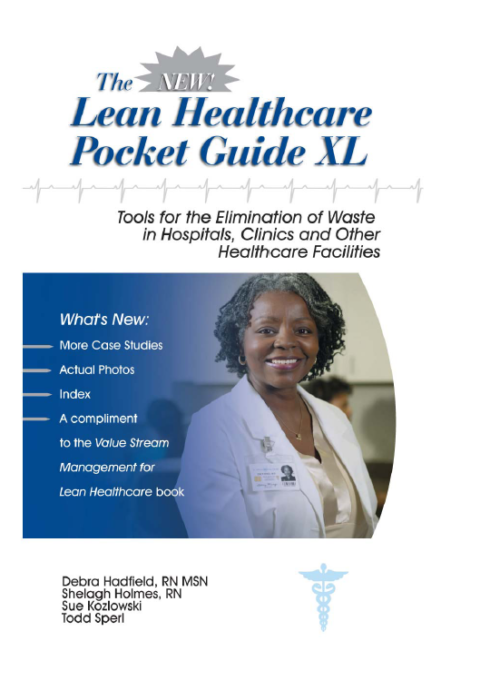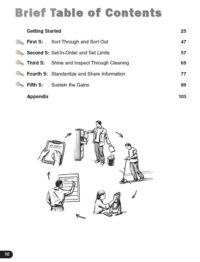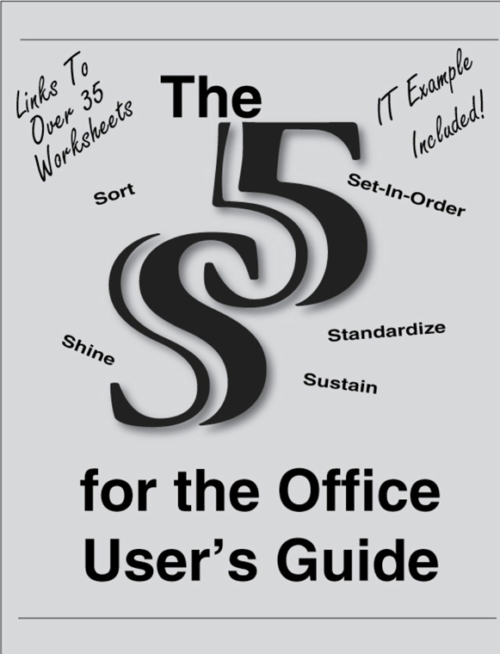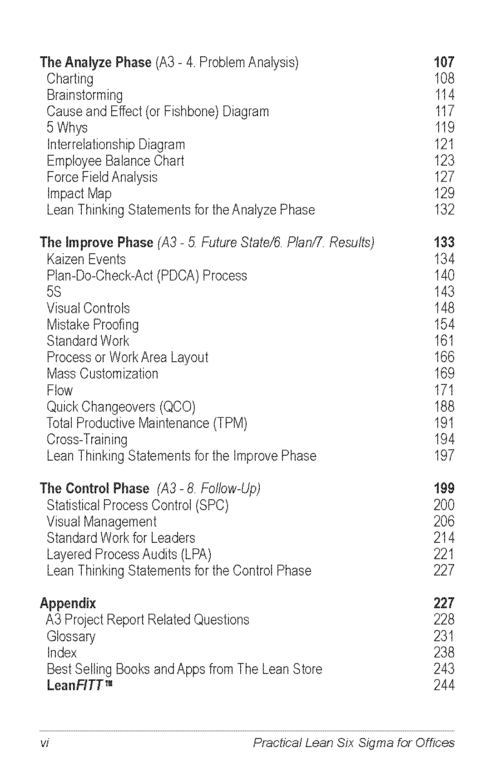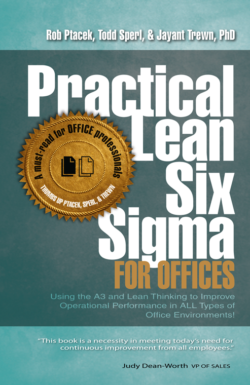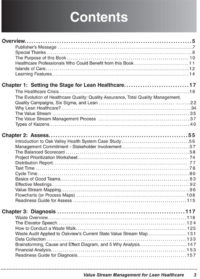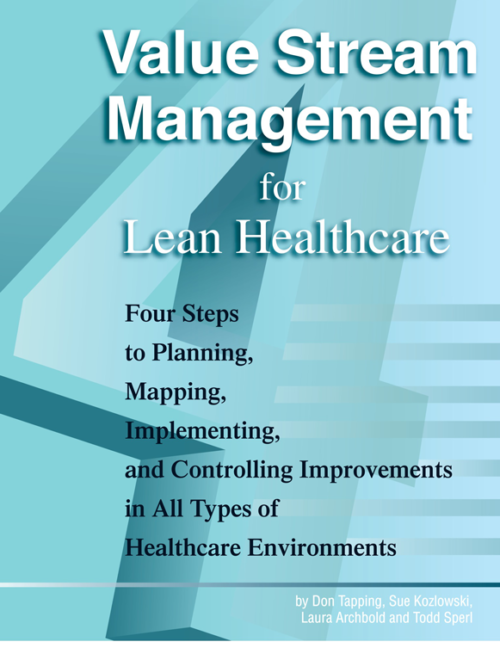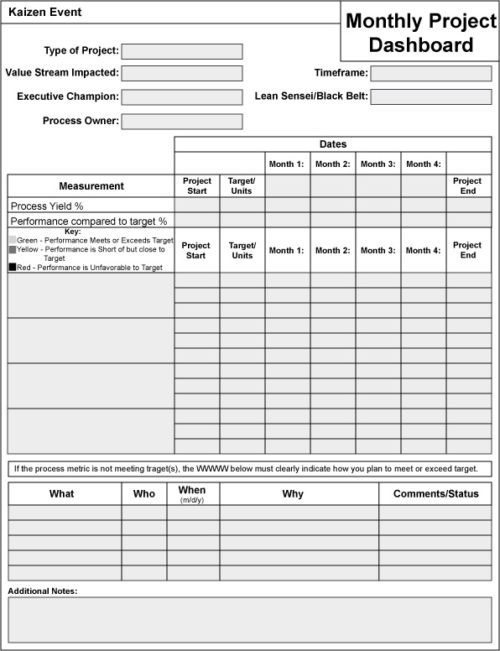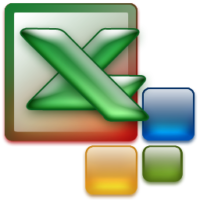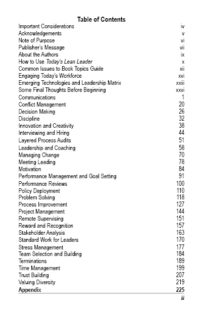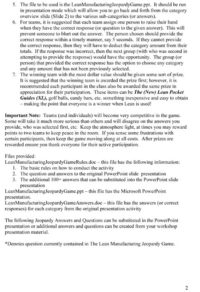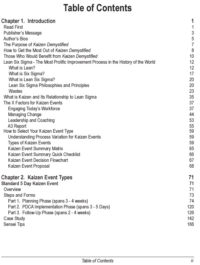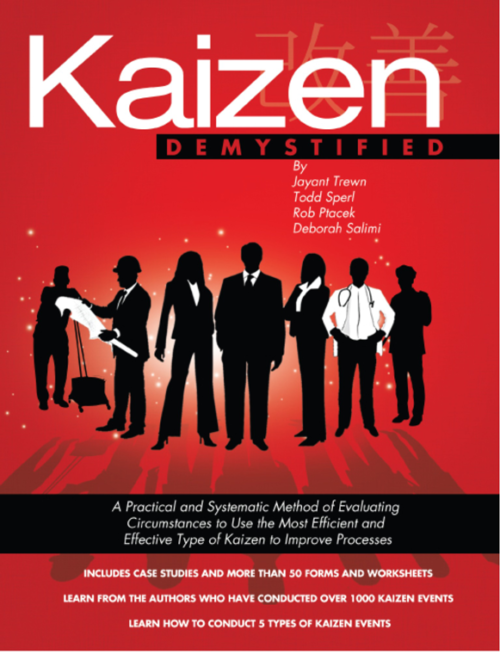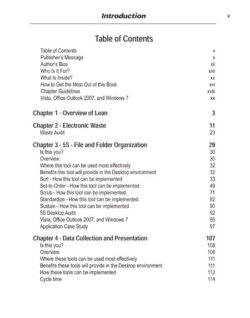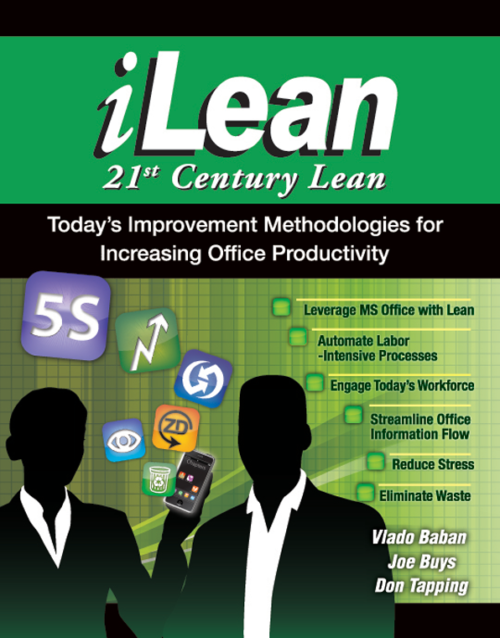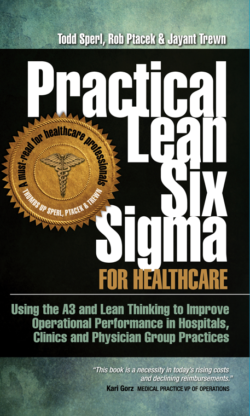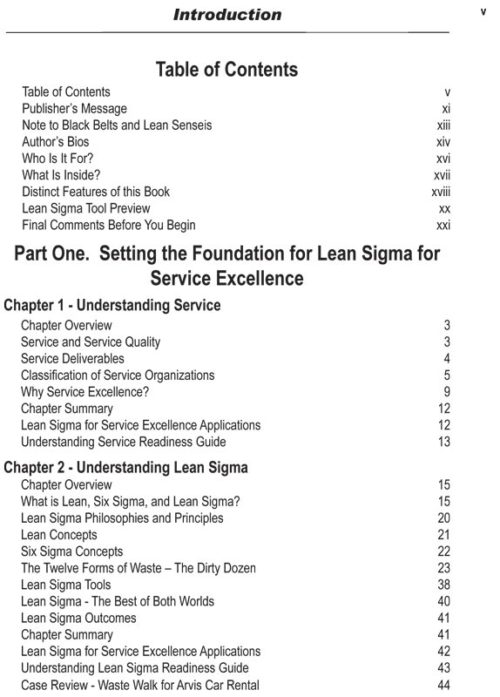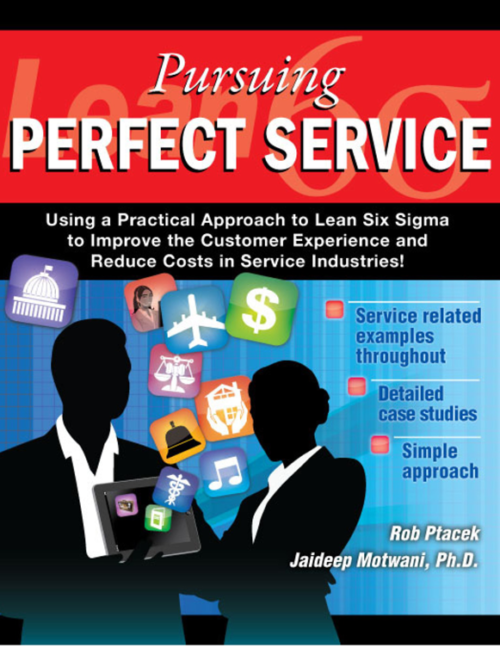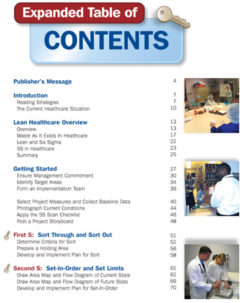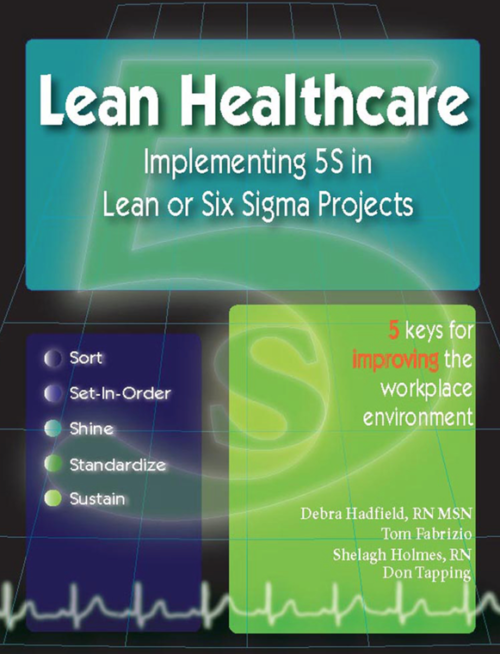By: Rob Ptacek, Todd Sperl, and Jayant Trewn (PhD)
The Practical Lean Six Sigma Pocket Guide is designed as a convenient, quick reference, and, most importantly, a step-by-step implementation guide. You can put your finger on any tool within a matter of seconds! Find the right tool for the right initiative by using the:
- Navigate the Prepare - Define - Measure - Analyze - Improve - Control right side book tabs.
- Complete the A3 Project Report as you learn and apply the various tools on the project by:
- Go to the tab in the book that corresponds to the D-M-A-I-C Phase you are working on.
- Read about the tools for that phase of your project.
- Apply the appropriate tools.
- Complete the relevant section of the A3 Project Report.
- Repeat 1 - 4 as you navigate through the phases and complete your project.

